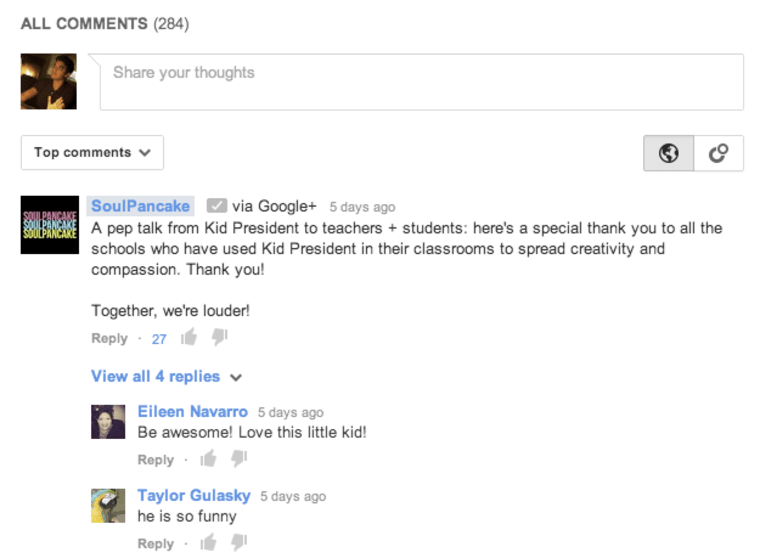In the blockchain world, you must have heard about “Web 2.0” and “Web 3.0” frequently.
But what do Web 2.0 and Web 3.0 mean? Why Web3 is the internet of the future?
Definition And Explanation

For us to make any sense of what we mean by “Web 3.0”, we need to rewind to Web 1.0 and start there.
Phase 1 (first phase) Web 1.0
During this phase, web pages were static where the content was served from the server’s file-system. Moreover, there was no interactivity on these pages. You couldn’t “react” to posts with comments or likes. Instead, you just passively consumed information.
The web during this era looks very rudimentary. For example, developers used frames and tables used to position and align the elements on a page (because CSS did not exist!)

Nguồn
Phase 2 (now): Web 2.0
Web 2.0 is simply the web that we know today.
Instead of static content, the web became a place for dynamic content, one where users are now able to interact with content published on the web. This user interaction became possible because of the invention of technologies like JavaScript, HTML and CSS, which allowed developers to build apps where users can interact with content in real-time.
Be it social media, blogging, podcasting or social bookmarking — Web 2.0 is completely interaction-based. We engage through texts and comments, and we can easily attach and share content like images and music with other people. Some notable apps that flourished in Web 2.0: Instagram, YouTube, Facebook, and of course, Google. That is why this era of the web is also called the “Social Web”.

Phase 3 (future phase): Web 3.0
Web 3.0 is a Semantic Web. This means that rather than just searching for content based on keywords or numbers, we can use AI to understand the semantics (i.e. meaning) of the content on the web. This would allow machines to understand and interpret information like humans (instead of like machines). The main purpose of the Semantic Web is to enable users to find, share and combine information more easily.
However, these days, the term “Web 3.0” has evolved to mean a lot more than just the Semantic web. More specifically, blockchain enthusiasts who are building Dapps use the term “Web 3.0” to describe the idea of building applications on an open and decentralized architecture.
Web 2.0 vs Web 3.0 Comparison
The overarching goal of Web 3.0 is to make the internet a lot more intelligent, autonomous, and open. How? With the use of techs like Artificial Intelligence, Blockchain, 3D Graphics, Virtual Reality, and Augmented Reality.
With AI, we can better understand and interpret the content on the web.
With blockchains, we can use it to build applications on decentralized protocols where we remove trusted intermediaries and gain public verifiability. This way we’re not stuck in this paradigm where everything on the internet is “walled gardens.”
We can use cryptocurrency to completely transform the business model of applications that exist on the internet, instead of the ad-based model that we have today.
As Chris Dixon says, we took “a wrong turn” in the current social web by allowing for walled gardens and ad-based business models. The next version of the web will be built on open protocols and will have a built-in business model via crypto. If something feels off about the current version of the web, it’s not just you.
Beyond AI, blockchains, and crypto, Web 3.0 will use 3D graphics and technologies like Virtual Reality and Augmented Reality to make our experience of the web a lot more immersive: very much like the physical world, rather than the existing 2D-internet-world.

CodLUCK provides exclusive 3D and AR, VR solutions in diverse fields such as E-commerce, Game, Entertainment, … Discover now!
Overall, an interesting explanation of these phases is one given by Tim Berner-Lee, the founder of the World Wide Web:
- Web 1.0 is the “readable” phase of the web. We see limited interaction between users.
- Web 2.0 is the “writable” phase of the web, one where users can interact with the site, and with each other.
- Web 3.0 is the “executable” phase of the web, and here, computers can interpret information like humans, to then generate personalized content for users.

nguồn
Why Converting to Web 3.0 Is Necessary?
After the above explanation, we all see that the future web3 version is much more convenient and smarter than the current version. Web 3.0 is just a matter of sooner or later. It is no exaggeration to say that Web 3.0 is the future of the internet. When Web 3.0 inevitably arrives — as hard as it is to fathom considering how smart devices have already changed our behavioral patterns — the internet will become exponentially more integrated in our daily lives.
We will see nearly all of today’s normally offline machines, from home appliances like ovens, vacuums, and refrigerators to all types of transport become part of the IoT economy, interacting with its autonomous servers and decentralized applications (DApps), advancing new digital realms like blockchain and digital asset to power a myriad of new tech “miracles” for the 21st century.
Source:


